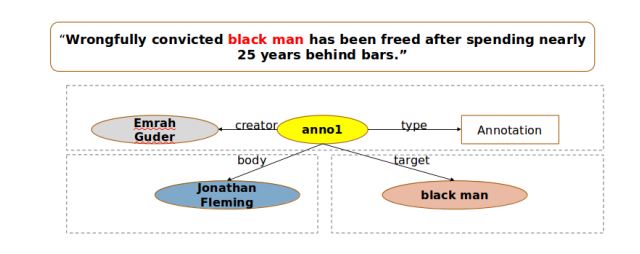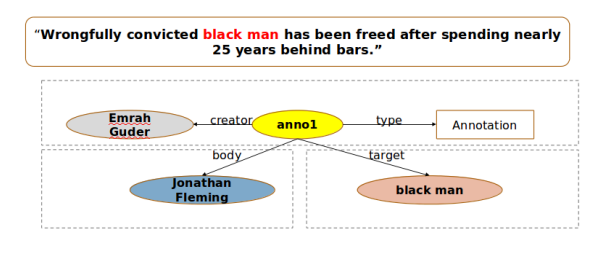Extending Web Content Accessibility via Re-narration
Much of the content on the Web is not globally accessible.

Much of the content on the Web is not globally accessible. Barriers to access go far beyond access to Internet and devices. Disabilities, such as vision impairment are also important factors, for which W3C (World Wide Web Consortium) have been developing standards for technology providers - such as Web Browsers. However, accessibility of content goes beyond these factors as well. Language, literacy, specialization, culture, etc. are all related to whether content is truly accessible. For example, legal documents, even if made available are difficult to comprehend by ordinary people. Likewise, documents in different languages or relevant to different contexts may be very difficult to comprehend, if at all.
To bridge this gap, there are people and organizations that present the material in an alternate manner (which we call re-narrate).
An example for such a need is FIR (First Information Report), which is used to report crime in Pakistan and India. A quick search on Google will give you an idea. There is significant crime in areas of low literacy, therefore, the accessibility of this information is very important to low literate populations. The following is an interactive presentations illustrating each “step” needed to take and what to pay attention to (https://prezi.com/fxk9h96h0zyp/first-information-report/). You can see many other attempts to translate and present with vidoes.
The legal text associated with FIR, is presented in the above example, in a much simpler form with simple to follow illustrations using stick figures.
Consider another example of the tweet body:
| Wrongfully convicted black man has been freed after spending nearly 25 years behind bars. |
What is necessary to understand this content? How can it be transformed so it is understandable? It may involve expansion, meta-information, alternative media, etc.
The following is an annotation for “black man” text in the tweet, that identifies the fragment as “Jonathan Fleming” by an annotator named “Emrah Guder”.

In addition to creating alternative formats, it is important that links between alternate formats are created and preserved. This is important so that useful processing can be performed, such as providing alternative formats in appropriate contexts. Therefore, creating material in a processable and interoperable format is important.
This work is based on an existing model of renarration and focuses on modeling a client for renarration, involving the following (using 1-3 and modeling 4 and 5):
- W3C standards, including Web Annotation. (https://www.w3.org/TR/annotation-model/)
- JSON-LD (http://json-ld.org)
- Ontologies and Semantic Web
- UX (user experience design)
- Development of a client (optionally Android)
For more information contact: suzan.uskudarli@boun.edu.tr
Depending on the level of interest, this project is suitable for Cmpe491 and Cmpe492